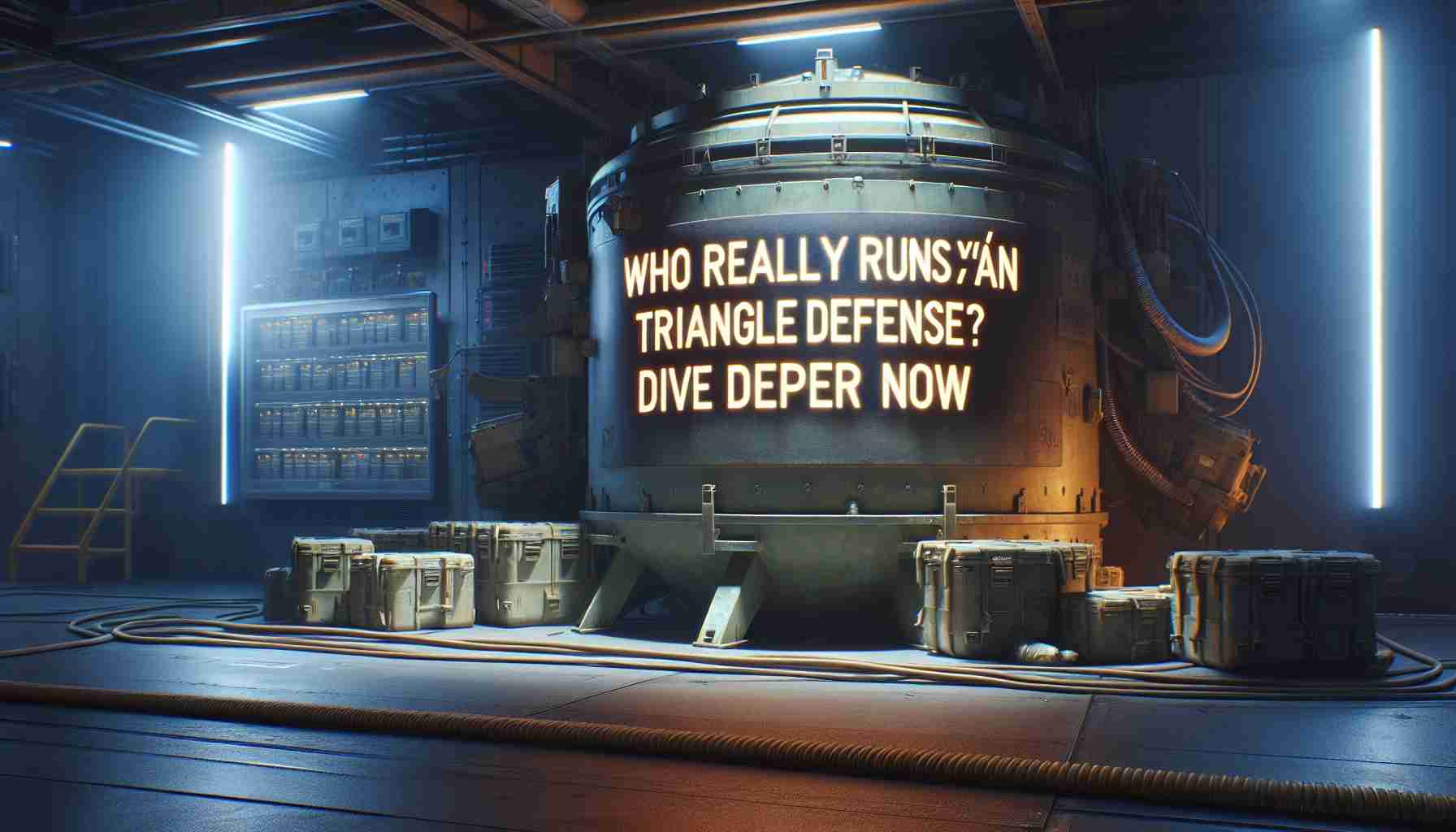India is on the cusp of a technological revolution with its latest satellite, the GSAT-20. Produced by the Indian Space Research Organisation (ISRO), this state-of-the-art spacecraft aims to enhance global communication infrastructure by providing unmatched connectivity and data-transmission capabilities.
Transforming Connectivity
Unlike its predecessors, GSAT-20 is touted to bring high-speed internet to even the remotest corners of India. By leveraging advanced Ka-band communication technology, it promises to provide reliable internet speeds of up to 100 Gbps, significantly boosting rural and urban digital infrastructure. The satellite, which is expected to launch into geostationary orbit soon, represents a critical step toward achieving India’s ‘Digital India’ vision.
The Technological Edge
What sets GSAT-20 apart is its cutting-edge design and payload capacity. Equipped with electric propulsion technology, the satellite will maintain its orbit for an extended lifespan while conserving fuel. This marks a shift towards more sustainable satellite technology, an imperative trend in the aerospace industry.
Implications for the Future
The successful deployment of GSAT-20 could not only redefine India’s communication landscape but also position the country as a leader in space technology. As India takes this technological leap, the implications extend far beyond national borders, heralding a new era of international service collaboration and technological diplomacy.
The GSAT-20 signifies the dawn of a new era where robust, sustainable, and widespread connectivity becomes a global reality.
GSAT-20: The Satellite Revolutionizing Global Connectivity
As the world witnesses India’s ambitious launch of the GSAT-20 satellite, an intriguing question arises: How will this marvel of modern engineering propel humanity towards a more interconnected future? Beyond the promise of expanding internet coverage, GSAT-20 offers an array of fascinating implications.
A Leap for Emerging Economies
By guaranteeing high-speed internet access in remote areas, satellites like GSAT-20 could significantly reduce the digital divide in developing nations. This ensures that educational and economic opportunities are no longer confined to urban centers. The democratization of information and technology can promote literacy, financial growth, and empowerment in long-neglected communities.
Challenges and Controversies
However, the benefits of GSAT-20 are accompanied by challenges. Space collisions, a growing concern in the overcrowded geostationary belt, pose a significant risk. The space debris problem could endanger future launches and sustainability if not addressed. Additionally, the reliance on space-based communication raises questions about cybersecurity and data privacy.
Potential for Technological Diplomacy
Can GSAT-20 be a tool for technological diplomacy? Its cutting-edge capabilities present an opportunity for international partnerships. By sharing satellite technology and infrastructure, countries can collaborate on global challenges like climate monitoring and disaster management, enhancing diplomatic ties and cooperation.
Valuable Lessons and Ecosystem Impacts
This venture provides invaluable lessons in innovation for the aerospace sector, urging the industry towards environmentally conscious designs. Moreover, as India strengthens its position in space technology, competitive advancements may encourage global players to improve their offerings, benefiting the end-users with better services.
In conclusion, while GSAT-20 is a beacon of technological progress, it prompts humanity to navigate the space age’s complexities carefully. By balancing innovation with responsibility, we can pave the way for a better-connected and sustainable future.












